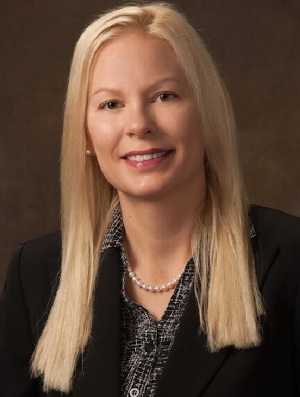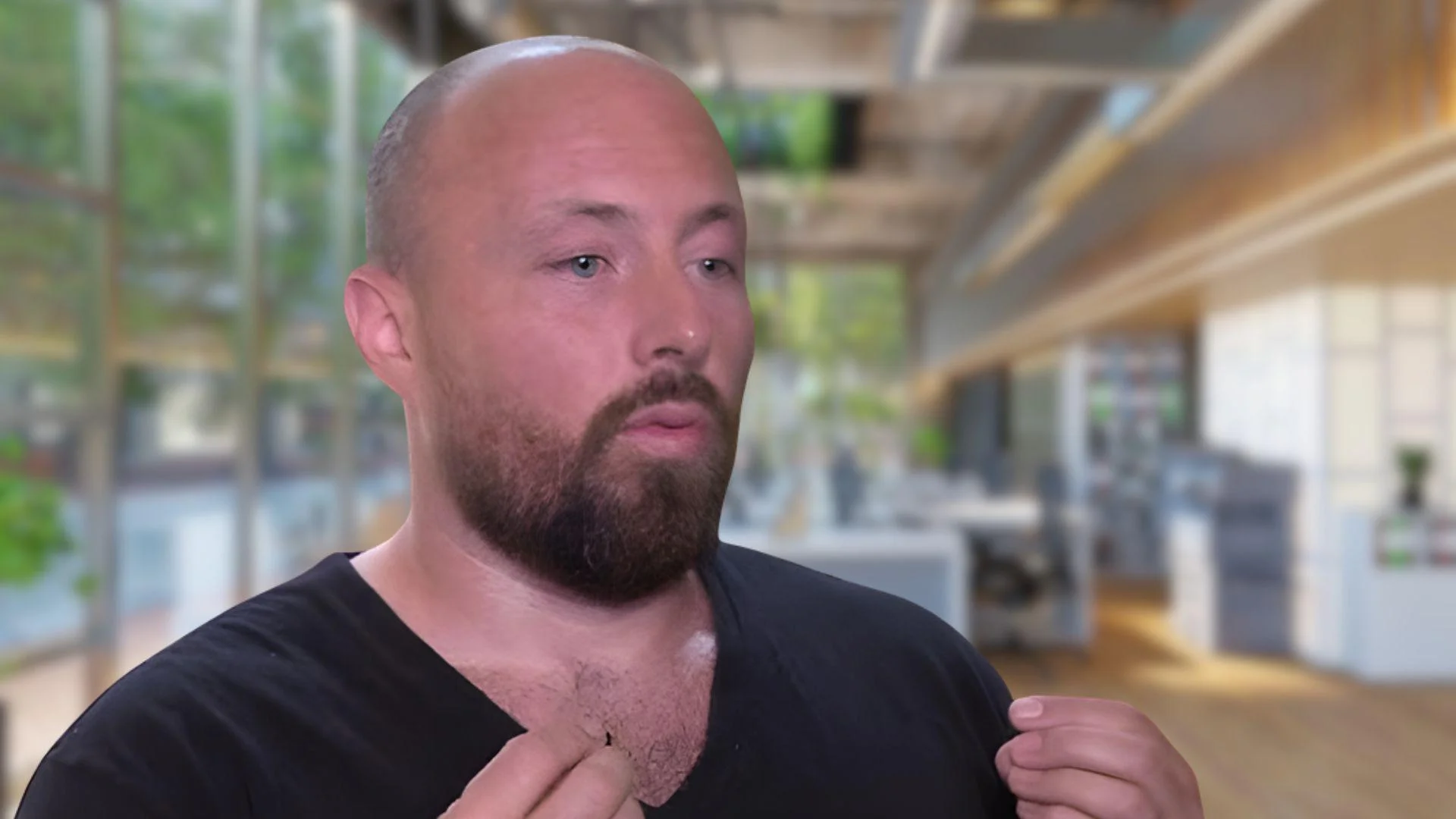
Homeowners don't want to wait until this happens to discover what their property insurance doesn't cover. | John Middlekoop/Unsplash
Navigating through the flood of information in a home insurance policy can create stress, but a few pieces of advice from an insurance expert can clear the confusion on what a homeowner should buy.
Avoid the temptation of the lowest premium, Kin Insurance Chief Insurance Officer Angel Conlin told Insurance Rate Reporter. Choosing by price alone can leave a homeowner underinsured and paying for major damages left out of the policy.
A reliable policy offers replacement cost coverage for a dwelling, which helps in rebuilding a home from the ground up at today’s market rate for similar materials and labor.

Angel Conlin, Kin CIO
| Kin Insurance
“I can’t overstate the importance of replacement cost coverage for the dwelling. After a total loss, it can be the difference between getting back on your feet quickly or struggling to rebuild,” she said.
A good policy covers other structures on the property, medical payments, loss of use, personal liability and personal belongings.
Avoid opting for actual cash value coverage or the claims payout won’t cover the full amount to replace lost items. Providers calculate payouts by subtracting an item’s depreciation from its replacement cost. That usually ends up being much less than buying a new, similar replacement, Conlin said.
A mistake some homeowners make is assuming the hurricane coverage Florida home insurance carriers must offer is enough coverage. Hurricane insurance helps cover costs of wind damage by named storms. But it doesn’t cover storm surge damage. For that, you need flood insurance.
“If you live in a region in Florida that’s prone to floods – and really, everyone does – adding this protection to your policy can be invaluable,” Conlin said.
A first-time buyer needs the same coverage as a homeowner who has lived at the same address for years. Whether they have a mortgage or own it outright, everyone needs homeowners’ insurance.
Conlin named the biggest factors in coverage needs as the property location and the homeowner’s lifestyle. Major renovations may require higher dwelling and personal property limits to cover those high-end appliances or features. That’s the same if the homeowner just moved in or is a seasoned homeowner making updates.
Seasonal or second homes change insurance needs.
“Because seasonal homes may sit vacant for the majority of the year or be used as rental property, the risks are different than a home used as your primary residence,” Conlin said. “Not all home insurance companies are able to insure a seasonal or vacation home, so it’s important to know your options.”
Kin Insurance helps homeowners from the start with a DIY online experience to guide them through coverage options. Or a homeowner can choose personal assistance from licensed experts, offering a chance to talk with someone about policy coverage.
Conlin said Kin constantly innovates to bring its policyholders the best products at affordable prices. One innovation was offering replacement cost coverage for all policies, including single-family homes, mobile homes and seasonal homes.
“We also recently rolled out flood insurance as an endorsement so our customers don’t have to buy a separate flood policy through the NFIP and manage two premiums,” Conlin said.
Unlike NFIP policies with 30-day waiting periods, Kin eliminated any wait for flood coverage to start. Colin said policy limits are more robust, also.






 Alerts Sign-up
Alerts Sign-up